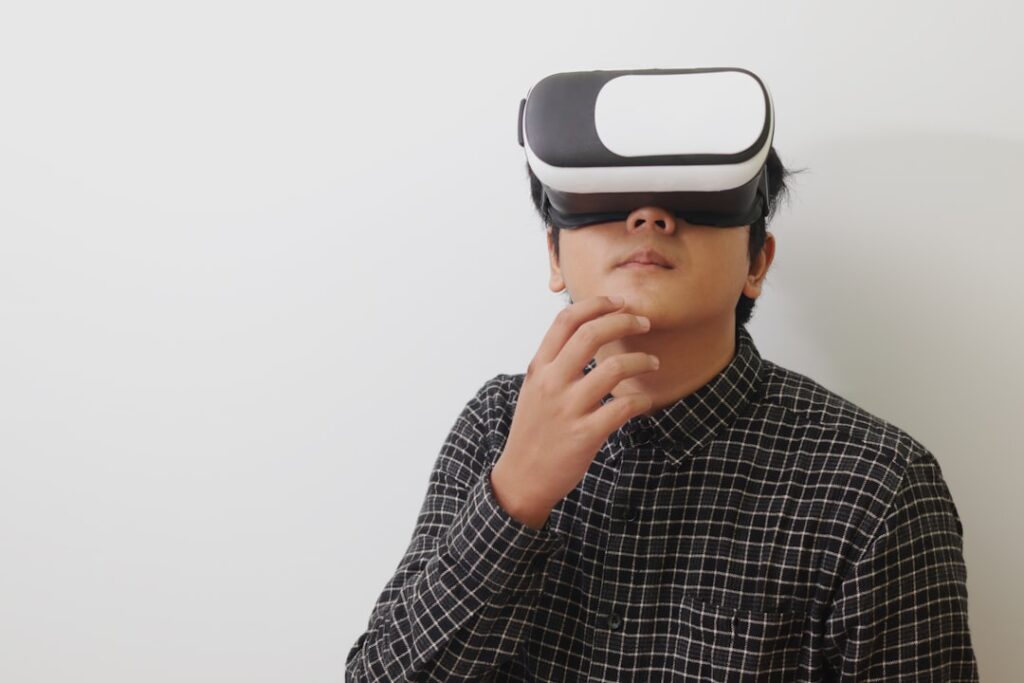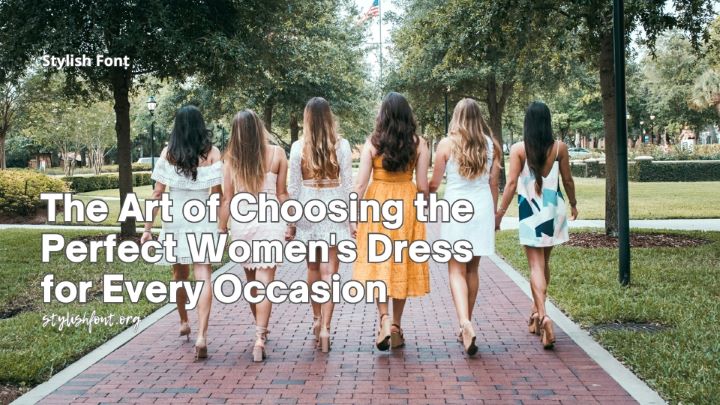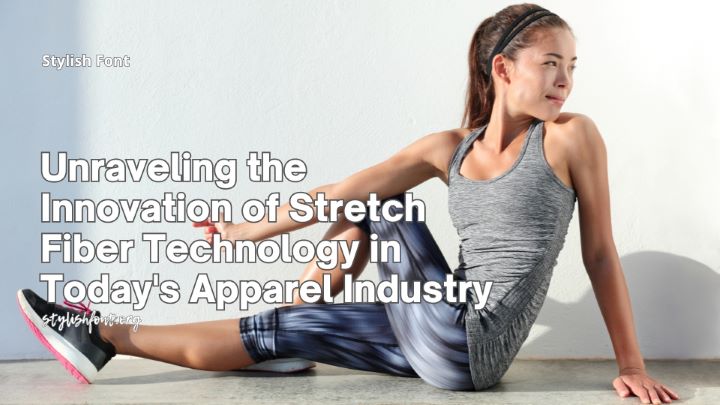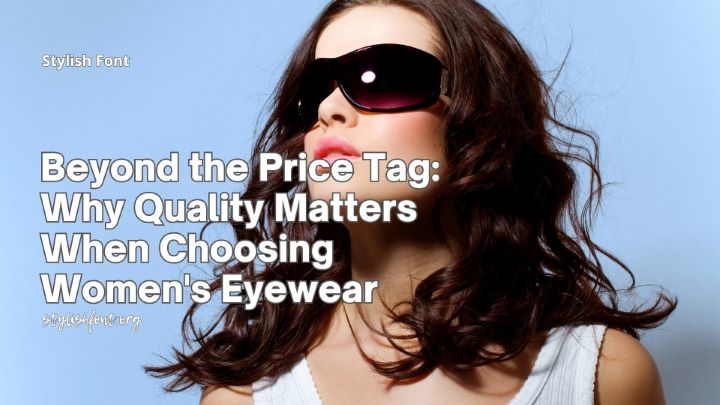Virtual try-on technology has emerged as a revolutionary tool in various industries, allowing consumers to visualize products before making a purchase. This innovative approach utilizes augmented reality (AR) and artificial intelligence (AI) to create a digital representation of how a product will look on or in a specific environment. By leveraging advanced imaging techniques, virtual try-on enables users to engage with products in a more interactive and personalized manner.
Whether it’s clothing, accessories, or even furniture, this technology provides a unique opportunity for consumers to make informed decisions without the need for physical trials. The concept of virtual try-on is not entirely new; however, its rapid evolution has been fueled by advancements in technology and the increasing demand for online shopping experiences. As e-commerce continues to grow, retailers are seeking ways to bridge the gap between online and in-store shopping.
Virtual try-on serves as a solution, offering customers the ability to visualize products in real-time, thus enhancing their shopping experience. This technology not only caters to the needs of consumers but also helps businesses reduce return rates and improve customer satisfaction.
Key Takeaways
- Virtual Try-On is a technology that allows customers to digitally try on products before making a purchase.
- Benefits for customers include the ability to see how products look on them without physically trying them on, saving time and increasing confidence in their purchase decision.
- Virtual Try-On works by using augmented reality or 3D modeling to overlay the product onto a customer’s image or environment.
- The technology behind Virtual Try-On includes advanced algorithms, computer vision, and machine learning to accurately simulate the appearance of products on customers.
- Virtual Try-On is widely used in the fashion and beauty industry, as well as in eyewear, accessories, home decor, furniture, automotive, and real estate markets.
Benefits of Virtual Try-On for Customers
The benefits of virtual try-on for customers are manifold, significantly enhancing the shopping experience. One of the primary advantages is the convenience it offers. Shoppers can try on products from the comfort of their homes, eliminating the need to visit physical stores.
This is particularly beneficial for those with busy schedules or limited access to retail locations. By simply using a smartphone or computer, customers can explore various options and styles without the constraints of time or location. Additionally, virtual try-on technology empowers customers by providing them with a more personalized shopping experience.
Users can experiment with different styles, colors, and sizes, allowing them to make choices that align with their preferences and body types. This level of customization fosters a sense of confidence in purchasing decisions, as customers can visualize how items will look on them or in their spaces. Furthermore, the interactive nature of virtual try-on can lead to increased engagement and enjoyment during the shopping process, transforming what was once a mundane task into an exciting experience.
How Virtual Try-On Works
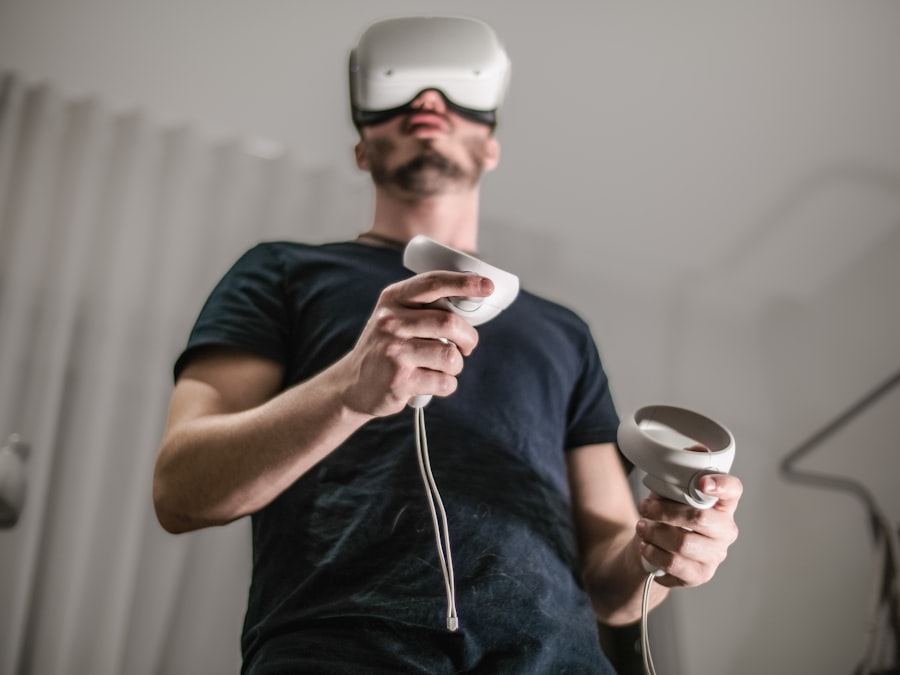
Virtual try-on technology operates through a combination of sophisticated algorithms and user-friendly interfaces. At its core, the process begins with capturing an image or video of the user, which serves as the basis for the virtual fitting. This can be achieved through a smartphone camera or a webcam, where the software analyzes the user’s features and dimensions.
Once the image is captured, the virtual try-on system overlays the selected product onto the user’s image in real-time. The technology employs advanced computer vision techniques to ensure that the product fits seamlessly onto the user’s body or within their environment. For instance, in fashion applications, the software adjusts the clothing item to match the user’s movements and body shape, creating a realistic representation.
In home decor scenarios, virtual try-on allows users to visualize how furniture or decor items will look in their actual living spaces by integrating 3D models into their surroundings. This dynamic interaction not only enhances accuracy but also provides an immersive experience that traditional shopping methods cannot replicate.
The Technology Behind Virtual Try-On
| Technology | Description |
|---|---|
| Augmented Reality (AR) | Overlaying virtual images onto the real world to simulate trying on products. |
| Computer Vision | Using algorithms to analyze and interpret visual data from the user’s camera. |
| Facial Recognition | Identifying and tracking facial features to accurately place virtual items on the user’s face. |
| 3D Modeling | Creating virtual representations of products and the user’s face for realistic simulation. |
| Machine Learning | Training algorithms to improve accuracy and user experience over time. |
The backbone of virtual try-on technology lies in several key components that work together to create an engaging user experience. Augmented reality (AR) plays a crucial role by overlaying digital images onto the real world, allowing users to see how products would look in their actual environment. This is achieved through AR software that utilizes depth sensors and cameras to understand spatial relationships and accurately position virtual objects.
Artificial intelligence (AI) further enhances virtual try-on by enabling systems to learn from user interactions and preferences. Machine learning algorithms analyze data from previous sessions to improve accuracy and personalization over time. For example, AI can suggest products based on a user’s past choices or even recommend styles that complement their unique features.
Additionally, 3D modeling technology is essential for creating realistic representations of products, ensuring that textures, colors, and dimensions are accurately depicted.
Virtual Try-On in Fashion and Beauty
In the fashion and beauty industries, virtual try-on technology has transformed how consumers shop for clothing, makeup, and accessories. Retailers have embraced this innovation to provide customers with an immersive experience that allows them to experiment with different looks without physically trying on items. For instance, many clothing brands now offer virtual fitting rooms where users can mix and match outfits, helping them visualize complete looks before making a purchase.
In beauty, virtual try-on applications enable users to test makeup products virtually. By using facial recognition technology, these applications allow customers to see how different shades of lipstick or eyeshadow will appear on their skin tones. This not only enhances customer satisfaction but also reduces the likelihood of returns due to mismatched products.
As a result, brands can foster stronger relationships with their customers by providing tailored experiences that cater to individual preferences.
Virtual Try-On in Eyewear and Accessories

The eyewear industry has also benefited significantly from virtual try-on technology. Customers can now use apps that allow them to see how different frames will look on their faces before making a purchase. This feature is particularly valuable given the wide variety of styles available today.
By virtually trying on glasses, consumers can assess factors such as fit, color, and overall aesthetic without needing to visit multiple stores. Moreover, virtual try-on for accessories extends beyond eyewear to include items like jewelry and watches. Shoppers can visualize how different pieces will complement their outfits or personal style.
This capability not only enhances the shopping experience but also encourages consumers to explore new styles they may not have considered otherwise. As brands continue to innovate in this space, virtual try-on is likely to become an essential tool for eyewear and accessory retailers looking to attract tech-savvy customers.
Virtual Try-On in Home Decor and Furniture
The home decor and furniture sectors have also embraced virtual try-on technology as a means of enhancing customer engagement and satisfaction. With large purchases like furniture often requiring significant investment, consumers appreciate the ability to visualize how items will fit within their homes before committing to a purchase. Virtual try-on applications allow users to place 3D models of furniture in their living spaces using augmented reality, providing a realistic representation of size, style, and color.
This technology not only aids consumers in making informed decisions but also helps retailers reduce return rates associated with mismatched expectations. By allowing customers to see how a sofa or table will look in their home environment, retailers can foster greater confidence in purchasing decisions. Additionally, this interactive experience encourages customers to explore various design options and combinations, ultimately leading to more satisfying outcomes.
Virtual Try-On in the Automotive Industry
In the automotive industry, virtual try-on technology has found its niche by allowing potential buyers to explore vehicles in an immersive way. Car manufacturers and dealerships have begun implementing AR applications that enable users to visualize different car models from various angles and even customize features such as color and trim options. This level of interactivity enhances the car-buying experience by providing consumers with a comprehensive understanding of what they are considering purchasing.
Furthermore, some companies have taken this technology a step further by offering virtual test drives through simulations that allow users to experience driving different models without leaving their homes. This innovative approach not only saves time but also provides valuable insights into vehicle performance and features. As consumers increasingly seek convenience and personalization in their purchasing journeys, virtual try-on technology is poised to play an integral role in shaping the future of automotive sales.
Virtual Try-On in the Real Estate Market
The real estate market has also begun leveraging virtual try-on technology to enhance property viewing experiences for potential buyers and renters. Virtual tours allow users to explore properties remotely through immersive 3D models or augmented reality applications that simulate walking through a home or apartment. This capability is particularly beneficial for individuals relocating or those who may not have the time or resources to visit multiple properties in person.
By providing an interactive way for clients to visualize spaces, real estate agents can showcase properties more effectively while catering to a broader audience. Additionally, virtual staging tools enable agents to furnish empty homes digitally, helping potential buyers envision how they could utilize each space. As this technology continues to evolve, it is likely that virtual try-on will become an essential component of real estate marketing strategies.
Best Practices for Implementing Virtual Try-On
For businesses looking to implement virtual try-on technology successfully, several best practices should be considered. First and foremost, it is crucial to ensure that the technology is user-friendly and accessible across various devices. A seamless experience across smartphones, tablets, and desktops will encourage more customers to engage with the platform.
Additionally, businesses should prioritize high-quality visuals and accurate representations of products within their virtual try-on applications. Investing in advanced imaging techniques and 3D modeling will enhance realism and build trust with consumers. Furthermore, incorporating feedback mechanisms can help businesses refine their offerings based on user experiences and preferences.
The Future of Virtual Try-On Technology
As technology continues to advance at an unprecedented pace, the future of virtual try-on holds immense potential for further innovation across various industries. With ongoing developments in artificial intelligence and augmented reality, it is likely that these tools will become even more sophisticated and personalized over time. For instance, future iterations may incorporate biometric data to provide hyper-personalized recommendations based on individual body shapes or preferences.
Moreover, as consumer expectations evolve towards more immersive shopping experiences, businesses will need to adapt accordingly by integrating virtual try-on into their marketing strategies comprehensively. The potential for collaboration between brands and tech companies could lead to groundbreaking advancements that redefine how consumers interact with products online. In conclusion, virtual try-on technology represents a significant shift in consumer behavior and retail practices across multiple sectors.
By enhancing convenience, personalization, and engagement, this innovative approach is reshaping how individuals shop for fashion items, home decor, automobiles, and more. As businesses continue to embrace this technology’s potential while adhering to best practices for implementation, they will be well-positioned for success in an increasingly digital marketplace.
FAQs
What is virtual try-on?
Virtual try-on is a technology that allows users to virtually try on clothing, accessories, or makeup using their computer or mobile device. It uses augmented reality or computer vision to overlay the product onto a live video or photo of the user, giving them a realistic idea of how the item will look on them.
How does virtual try-on work?
Virtual try-on works by using a combination of augmented reality and computer vision technology. The user’s device camera captures a live video or photo of the user, and the virtual try-on software overlays the selected product onto the image in real-time, taking into account the user’s body movements and positioning.
What are the benefits of virtual try-on?
Virtual try-on offers several benefits, including the ability for users to see how a product will look on them before making a purchase, reducing the need for physical try-ons and returns, and providing a more engaging and interactive shopping experience.
What industries use virtual try-on technology?
Virtual try-on technology is used in various industries, including fashion, beauty, eyewear, and jewelry. It is also increasingly being used in the home decor and furniture industries to allow customers to visualize how products will look in their homes.
Is virtual try-on accurate?
Virtual try-on technology has advanced significantly in recent years, and many platforms offer highly accurate representations of how products will look on the user. However, the accuracy can vary depending on the quality of the technology and the user’s device.

